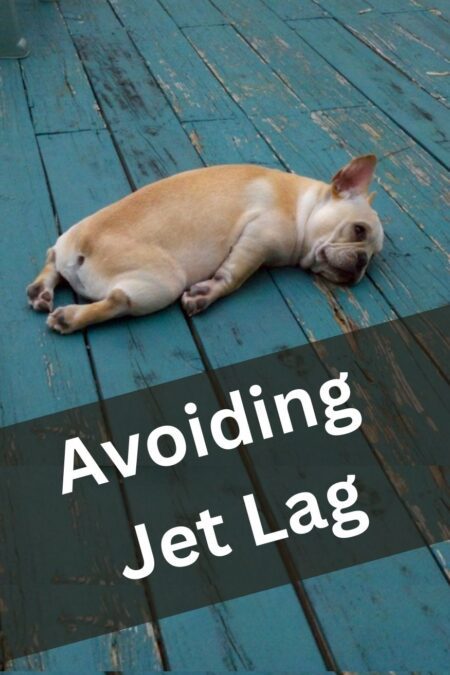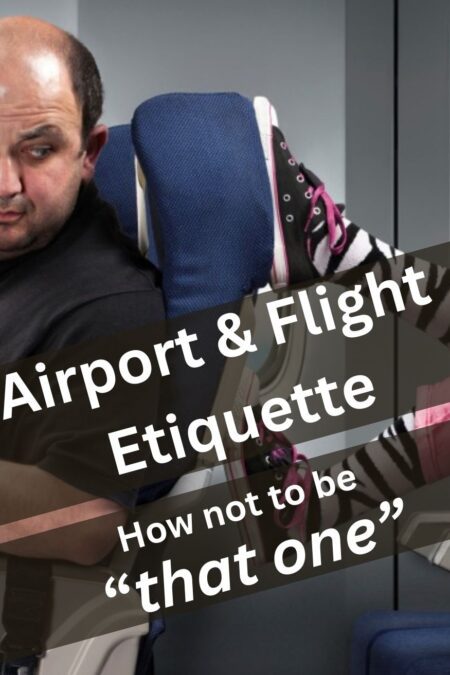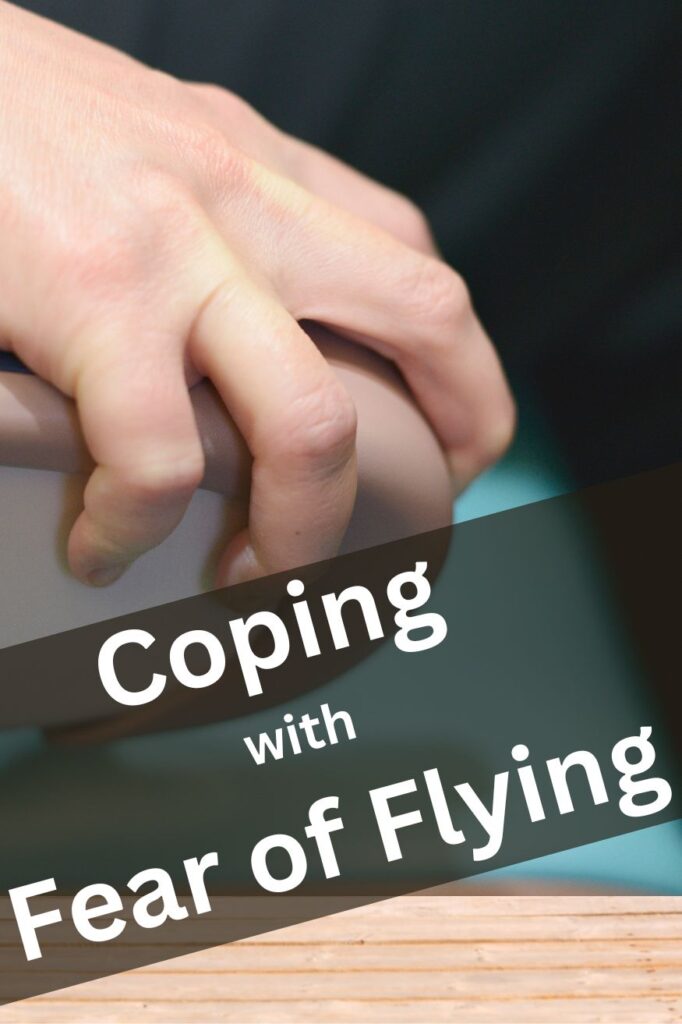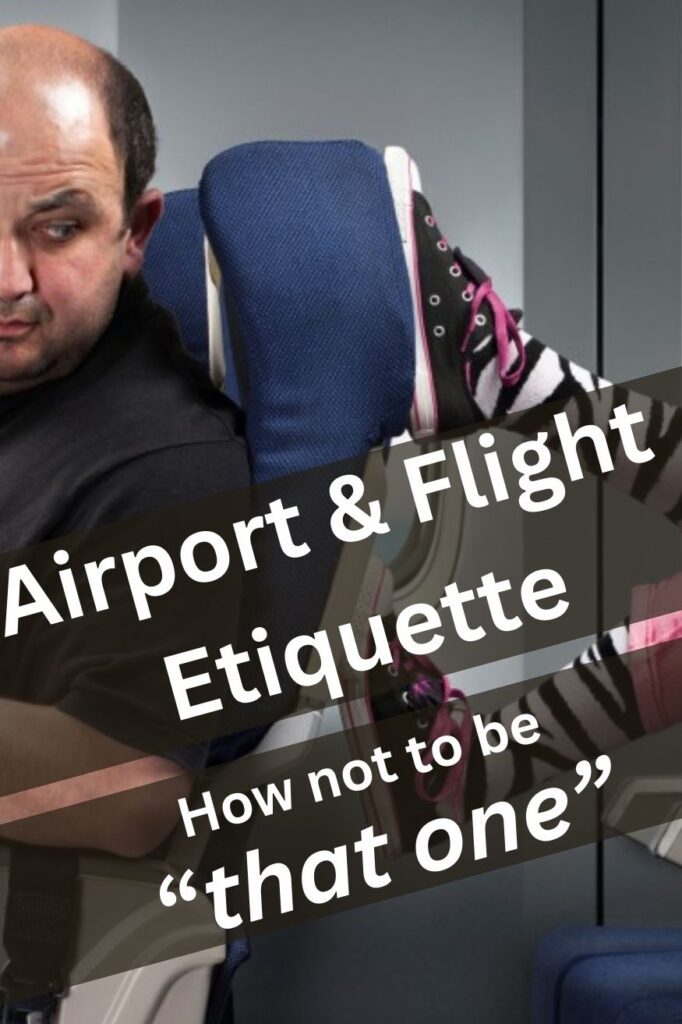A wonderful thing about the world is the diversity of its ant-sized human inhabitants. There are so many different cultures, political and religious views, moral archetypes, and much more. But we all agree on one thing. Maybe it’s the only thing we can all agree on: everybody hates long-haul international flights.
Extra-long flights leave you feeling like you have just spent a week living in the jungle and in the Arctic Circle at the same time. The body just takes a beating from it.
Even in the wonderful, blissful comfort of a first-class seat with straight horizontal beds, privacy, and champagne, after a couple of hours, we start to get antsy and irritable. And no matter how comfortable, sleeping on a plane is a struggle for everyone.
The following are some tips on how to reduce discomfort as much as possible: what to wear on board, what to pack, which seats are best, how to pass the time, and some general survival tips. Following these tips may not guarantee, but it will certainly improve your chances of having a good flight so that you can be (relatively) fresh at your destination and enjoy your stay. Be sure to check out the article on how to deal with jet lag, as jet lag can be the worst thing that can ruin your stay.
General Survival Tips
The section on clothing items goes into detail, but you should pack your personal item bag with some essential items to make your trip more comfortable and prepare for the day when you land. Also note that a small nighttime routine goes a long way toward subconsciously telling your body to sleep through the flight during the “night”. The most important items to bring are related to hydration and moisturizing since the cold, dry air of the cabin will make it feel like you spent a night in the cold wilderness of a North American country.
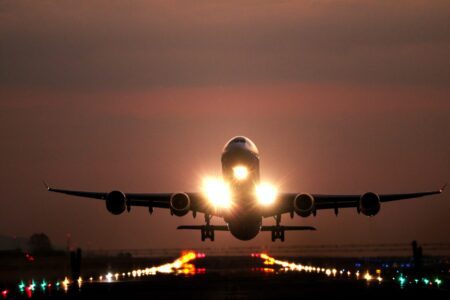
Hydrate, hydrate, hydrate: Drink more water than you would usually to compensate for the cold, dry air of the cabin.
Exercise: Every once in a while, take a walk through the aisle and stretch. The cramped seating position on long flights is known to cause deep vein thrombosis in the legs.
Avoid alcohol. On shorter flights, drinking alcohol is a great way to spend those couple of hours. The effects of alcohol are dramatically increased on airplanes because of the low pressure, which lowers your oxygen levels, and the low humidity environment. This simply amounts to getting drunk faster and having a feeling of lightheadedness. However, on long flights, this is clearly detrimental. Dehydration will have a negative effect; alcohol will make the struggle to sleep even harder; and if you manage to sleep, you might wake up with a hangover and have a headache for the rest of the flight. Try to avoid alcohol altogether on long flights.
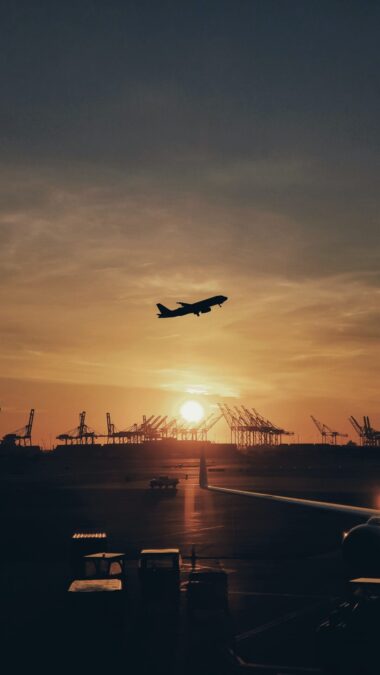
The screaming baby is a staple of every long commercial flight. Unfortunately, there is not much to do about it for other people. If we are irritable and stay stuck for hours, imagine a small child. Their ears are more sensitive to pressure changes. Actually, crying and screaming is a natural way to equalize pressure in the ears since they can hardly close their nose and compress to make their ears pop. Like everyone else, they also find it difficult to sleep. However, if you are the parent, there are some things that may help:
- Consider slightly altering their sleep schedule before the flight.
- Be sure to pack all of the comforts that they are used to (their special blanket, plush toys, etc.)
- Consider throwing out the window the usual strict screen-time rules. They will need distractions. Alternatively, have with you a bag of stuff to take out strategically. Take out only one piece each time, and never put it away before the baby is really bored. Items could be toys or even just multiple layers of wrapped empty things; unwrapping is fun and takes ages for little ones.
- Regarding distractions, try to engage with them for a while. It is unrealistic to expect a small child to stay still and/or sleep for 8 or more hours.
- Take the child for a walk through the aisle to have some closeness to the parent and just a different view once in a while.
- If breastfeeding, always do it on takeoff and landing for air pressure.
- Don’t reprimand the infant too much, which will only instill fear and more discomfort.
There is an increase in the UV radiation to which you are exposed when flying at an altitude with a thinner atmosphere and closer to the sun (even if it’s by a small degree). In fact, studies have shown that flight crews have twice the likelihood of developing skin melanomas. Admittedly, I never do this, but if you are concerned about your skin, wear a little bit of sunscreen, and if by the window, keep the shutters closed.
It’s easier to get sick on planes. This is also due to the low moisture and difference in pressure, which make you generally more vulnerable. Additionally (and it’s the major factor), there are many people packed closely together that come from a variety of different places. So wash or disinfect your hands regularly on board, and also take some vitamins and minerals like vitamin C, magnesium, and zinc to keep your immune system strong.
Buckle up if you’re planning to sleep. That way, the flight attendants won’t have to wake you up when they do their safety checks if the seat belt sign goes on.
Optimal seating
Apart from the obvious fact that optimal seating is either in the cockpit or in first class, optimal seating really depends on what you value most. The seats near the emergency exits have more legroom and might be the preferred choice for someone who wants comfort but would not be the first choice, to say the least, for someone afraid of flying and who is briefed before takeoff by the flight attendant on what to do in case of emergency. Those sitting in the back seats are often the last ones to get off the plane, but they are also closest to the toilets.
The aisle is where there is more space and legroom.
The few seats near the emergency exits have extra-wide legroom
The front of the airplane receives less engine noise
The back of the plane tends to provoke a feeling of being more tilted
The window seats allow you to lean on and see outside
In my opinion, the all-rounder’s best seats are in the middle, where the wings are. These have reduced turbulence, and on long flights, there should be another bathroom at the center of the cabin, and you are somewhat guaranteed to not be the absolutely last seat that is attended to by the stewards during service.
What to wear
In my opinion, the most important clothing item to bring is a pullover or jacket. Cabins are usually slightly above the 18 degrees C mentioned above; sitting still for hours in the cold, dry air will always make you feel chilly. Similarly, wear thick but comfortable socks to avoid freezing your feet. More gender-specific clothing suggestions are:
The mantra here is comfort and function instead of form, and clearly, fashion should not be your primary concern (although a minimum decor is required, like in every public space; see this article on flight etiquette for more tips on how to be a decent human being on a plane).
For her
- Bottoms: leggings seem to be the best choice here. With their body-hugging nature, they offer both comfort and keep you warm on the flight, as well as keeping you presentable when you land.
- Top: due to the cold temperature, it is better to have a full sleeve top and even an oversized shirt on which you can put a light jacket or large scarf.
- Shoes: not that important since probably these will be taken off, but sneakers or flats are preferable to heels or wedges.
For him
- Bottoms: non-tight athletic wear, sweatpants, and simple jeans, provided they are loose.
- Tops: t-shirts or hoodies
- Shoes: also not that important here, as they will probably be taken off. Sneakers, loafers, anything that is not a formal, tight shoe
Essential items to bring with you
Some of these are provided by the airlines, such as ear plugs, eye masks, earbuds, blanket, and pillow.
Clothing & Sleepwear
- earplugs
- eye mask
- travel pillow
- compression socks or heavy (but comfortable) socks
- blanket scarf
- pullover or jacket
- noise-cancelling earphones
Entertainment & Productivity
- cellphone
- books, magazines
- ebook reader, tablet
- snacks
- notebook & pen
- charging cables
- laptop
- sunglasses if staying by the window
This pillow can act as a second small bag that you can stuff with cosmetics, or other clothes for example.
Cosmetics (max 1L pouch)
- facial mist spray
- hairbrush
- toothbrush
- hand sanitizer
- lip balm
- hand lotion
- facial wipes
- eye drops
- (for her): tampons, liners, hair ties, makeup kit
Pharmacy
- travel sickness tablets
- ibuprofen or other painkiller medications against headache
- band-aids
- digestive pills for the not-so-great food
- antacids for acidic stomach
- sleeping pills, or even better, Melatonin, go a long way toward curing the jet lag symptoms. See this article for an in-depth overview of how to avoid jet lag
Passing time
A good way to spend time, aside from in-flight movies, is to get in-flight WiFi. Often it is through an app and not free of charge, and you will not be able to stream movies or have big data transfers, but the benefits of being connected to check emails, be on social media, read the news, and all other things that we normally do on the internet make time fly by much faster (no pun intended). Also, it is just an engineering marvel that a satellite signal can be traced and follow an aircraft traveling at 900 km/h, so like GPS, it is one of those engineering wonders that gives pleasure to activate simply because you can.

Even if using in-flight WiFi, it is nowhere near fast enough for streaming movies. Therefore, it is a good idea to download entertainment before your flight.
Use this time to journal in your notebook. I personally like to write short stories every once in a while, and the best stories I have written were all during flights. The combination of being stuck in a different place than usual and offline, without any distractions, gives me a lot of inspiration. Whichever your thing might be, be it journaling or drawing, the long amount of time will allow you to create some of your best works.
One of the best uses for e-readers like Kindles is on planes. The sheer number of titles that you can store on them makes them the perfect companion for a long flight. They are also the best way to read during travels in general without lugging around heavy books. If you do not have one already, check out the Kindle or Kobo e-book readers on Amazon.
Hopefully, by following some of these tips, you will minimize the discomfort of long airplane travel. In any case, remember that the struggle is worth the benefit of seeing the world, going to the most paradisiac place ever, or just engaging with different cultures.
